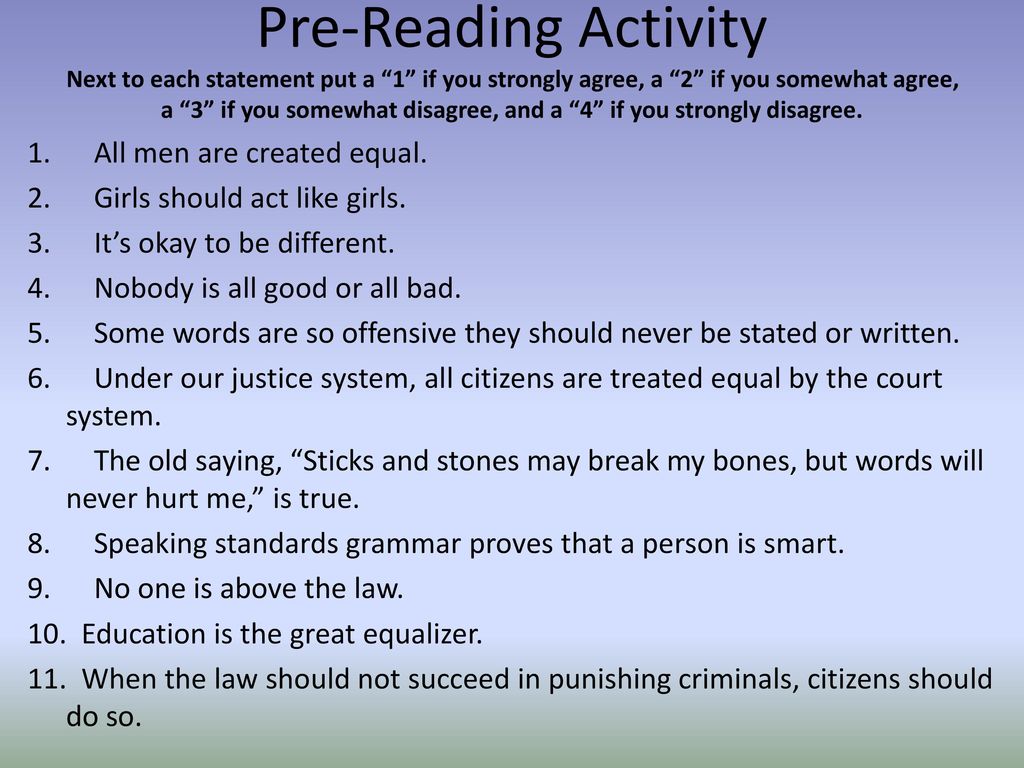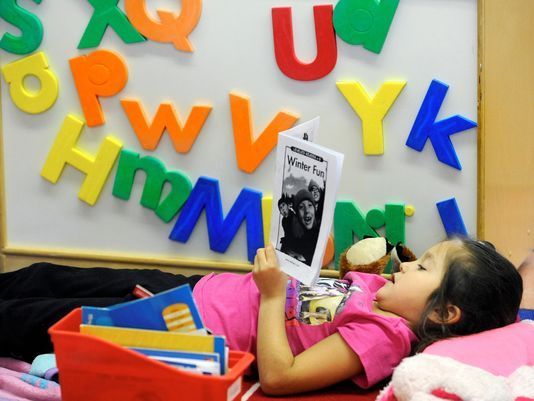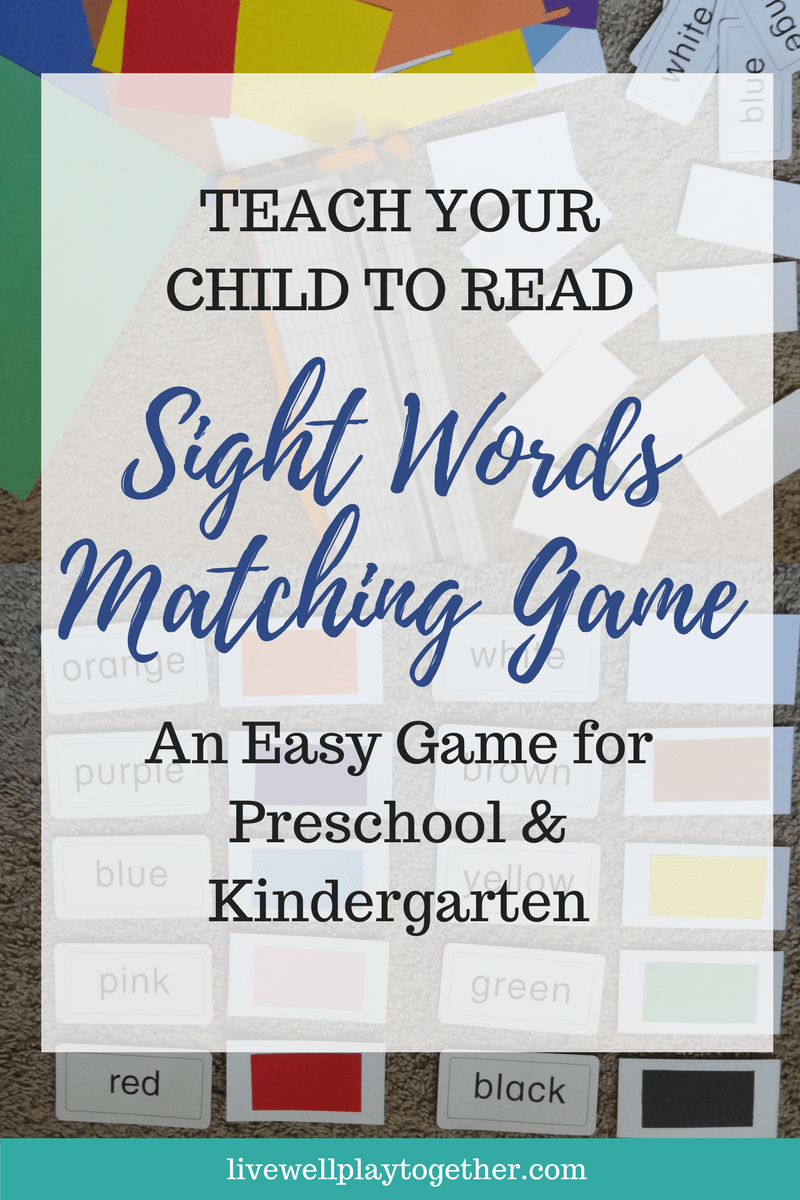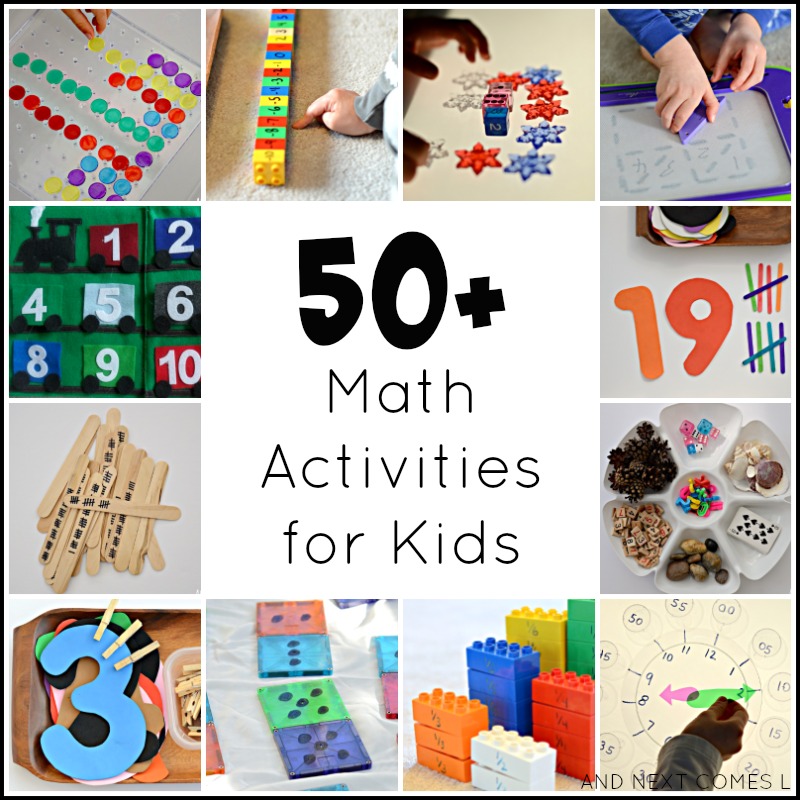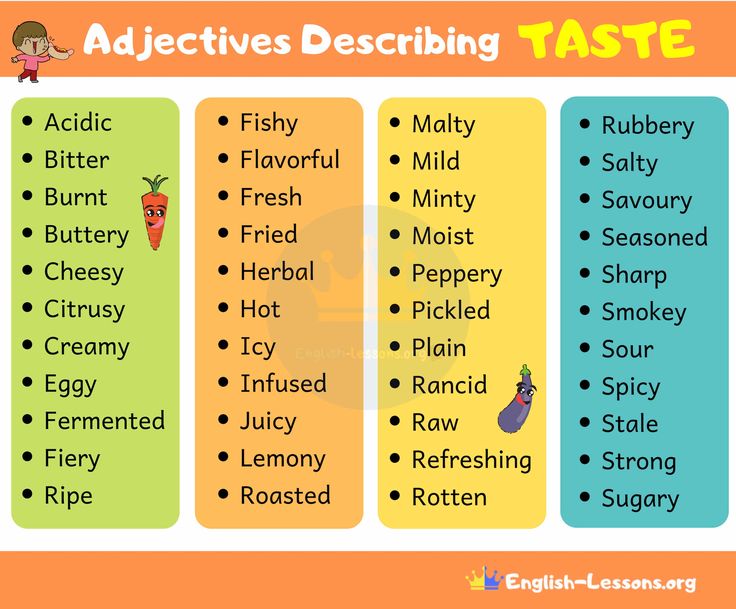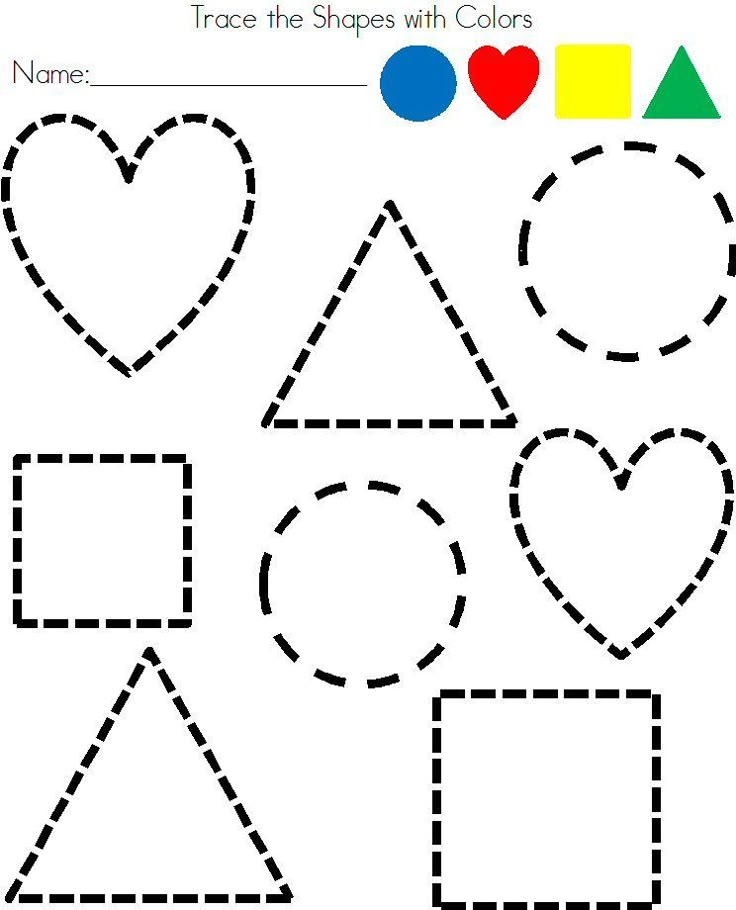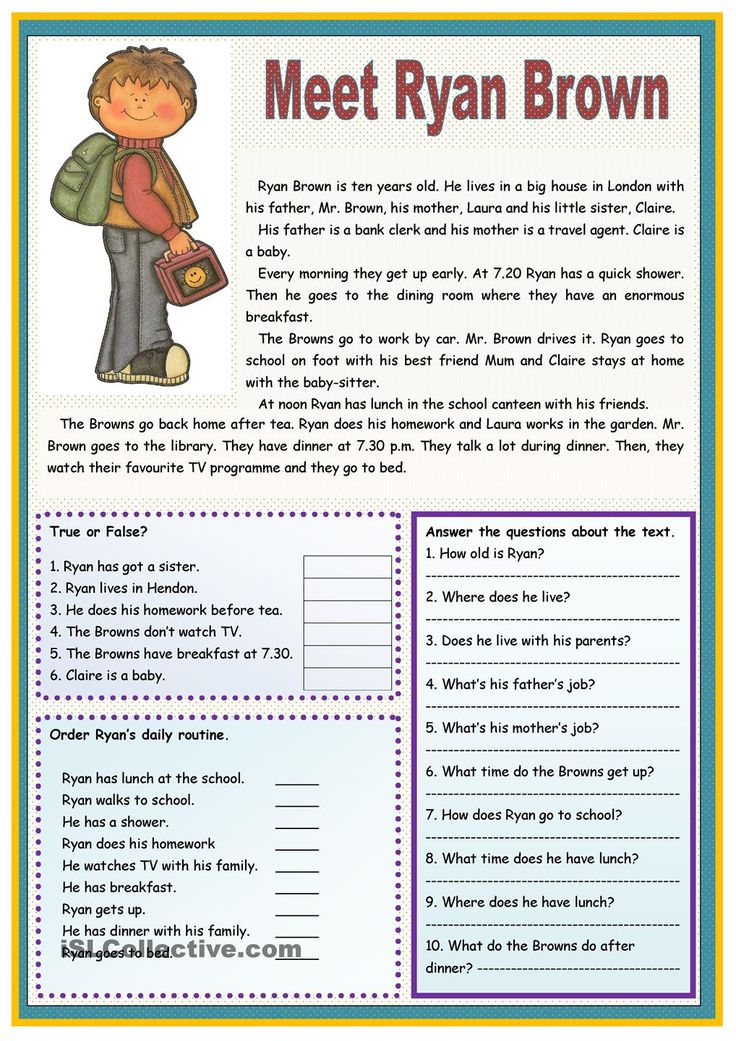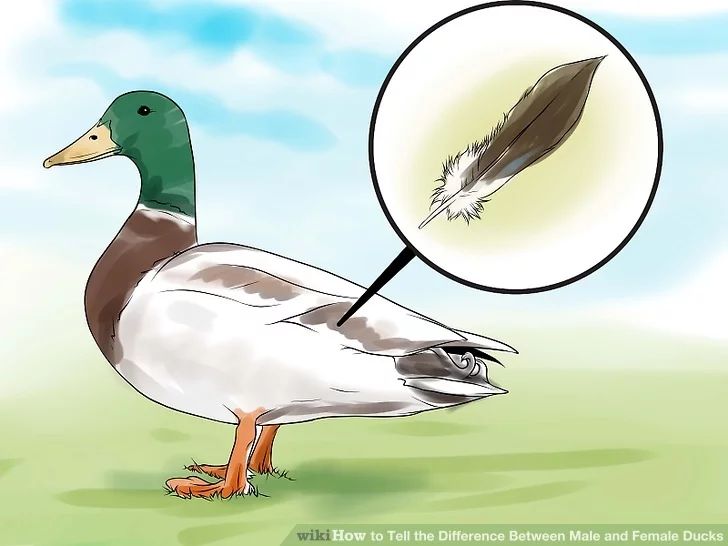How to get a higher reading level
How To Determine Your Child’s Reading Level And Choose The Best Books
When you sit down to read a book, you want to enjoy the story in front of you. The same is true for your child. That’s why uncovering your child’s reading level is an important step in fostering their love of words from a young age!
Consider the different factors that allow kids to enjoy the books they read. For example, does it tie into their interests, and is it slated as an appropriate option for their level? By answering these questions, you can make sure they’re reading books that are just right for them!
If your child is in school, you’re probably no stranger to jargon like “reading level.” But what exactly does Lexile Framework, Guided Reading Levels (GRL), or Developmental Reading Assessment (DRA) actually mean?
Additionally, if your child is just starting to read on their own (or already reading independently) and is learning from home, how can you figure out what reading level is right for them? If any of these thoughts have crossed your mind, you’ve come to the right place.
We’re here to answer your questions so you and your child can sit down and enjoy a good book together!
What Is A Reading Level?
A reading level is simply a measure of your child’s ability to read text. It reflects how well your little one can read independently. Importantly, reading levels help you choose books that are a good match for your child while still presenting a challenge.
Keep in mind these levels are meant to be helpful, not stressful. They don’t limit your child, but, rather, help them blossom into a fluent, excited reader.
When your child reads books that are appropriate for their current reading level, it boosts their confidence so they can truly enjoy reading! Also, knowing what level your child is at allows you to work with them to improve their skills.
That being said, it’s important to remember that children are unique and develop differently. Comparing your child to their peers isn’t necessarily the best approach when trying to assess their reading ability.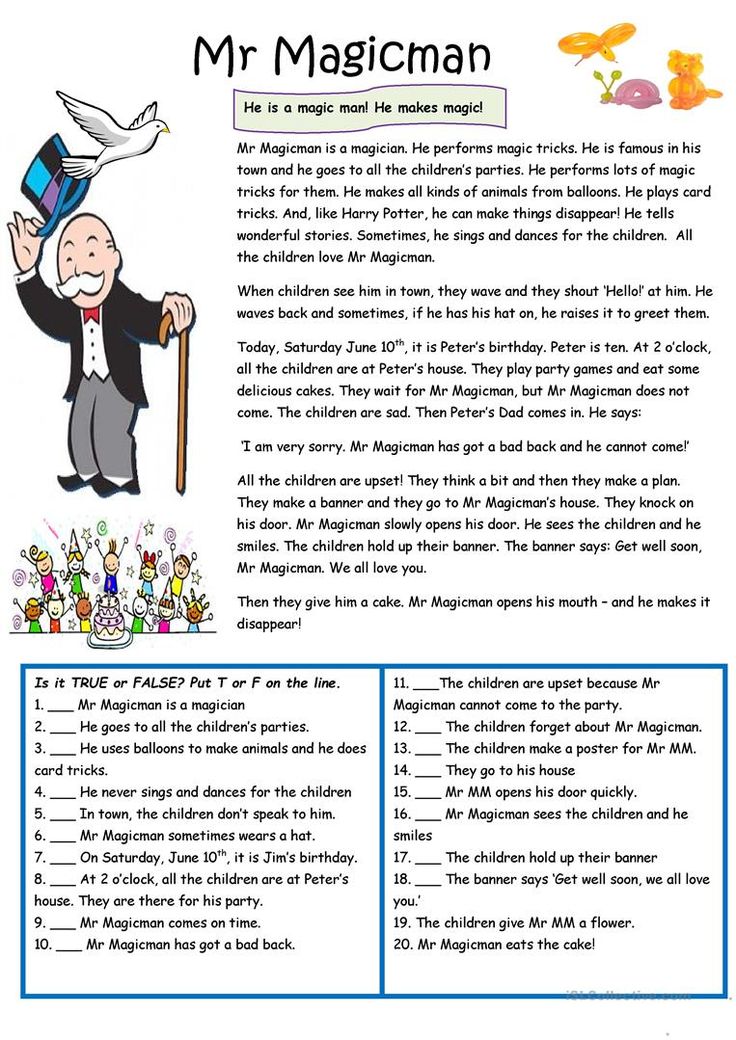
Why Is Determining Reading Level Important?
It’s helpful to determine your child’s reading level so you can find books that are appropriate for them to read on their own: not too difficult but challenging enough to encourage growth.
Reading level classification is a convenient tool you can use when searching online or at the library. And when you provide books that are on your child’s level, you create excitement and build their confidence, which can lead to a lifetime love of learning and reading!
If you’re looking for ways to help your little one read at the best level for them, Our new app HOMER Learn & Grow has a Stories section that gives age-appropriate story recommendations!
This is a great resource that takes your child’s specific interests and recommends stories just for them. What’s more, your child can choose to read along or read on their own.
How Is Your Child’s Reading Level Measured?
Your child’s reading level is usually measured at their school in first or second grade, and we’ll show you how that’s done. Here’s a tip: since your child’s teacher knows their reading level, consider asking the teacher (or the school librarian) for books your child can read at home.
Here’s a tip: since your child’s teacher knows their reading level, consider asking the teacher (or the school librarian) for books your child can read at home.
Don’t worry if your child isn’t in school yet or if they’re homeschooled. We’ll show you how you can measure their reading level at home, too!
Before we dive in, it’s important to note that we think of books for kids at three levels: independent reading, instructional reading, and frustrating to read.
As the names indicate, independent reading books are ones a child can read with ease and without support from an adult.
Instructional ones are the books just above independent that teachers might use to stretch a child’s reading as they offer support while the child makes that next step. Finally, frustrating books are too hard for a child to read even with adult guidance.
Now that you have an idea of how to think of the different books your child might encounter, let’s talk about the tools used for determining or describing reading levels.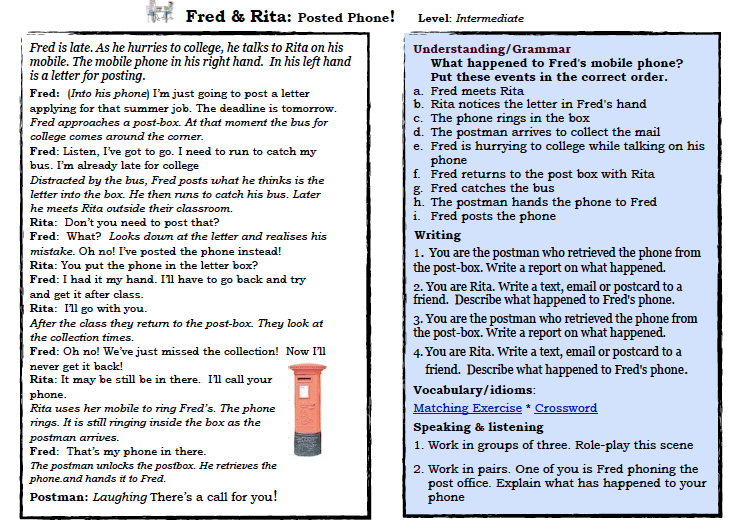
Lexile Framework For Reading
Lexile Framework For Reading is an educational tool that ranks books by order of their difficulty using a scale called a Lexile. Usually, your child’s teacher will determine their Lexile reading level and then choose books that have a matching score.
The Lexile score, or measure, describes your child’s reading ability and matches them with books and other reading materials. This measure ranges anywhere from 0L to 2000L.
Kids are encouraged to read within their Lexile “range” — 50L above to 100L below their actual level. For instance, if your little one is reading with a Lexile measure of 500L, they would read books ranging anywhere from 400L to 550L.
Using standardized assessments, schools will often measure a child’s reading level several times a year to help them select books that are appropriate for independent reading.
Guided Reading Levels (GRL)
GRL is a guided reading system used in some schools.
To determine reading levels using GRL, children sit one-on-one with their teacher and read from a book that’s considered standard for their grade level — a “benchmark” book.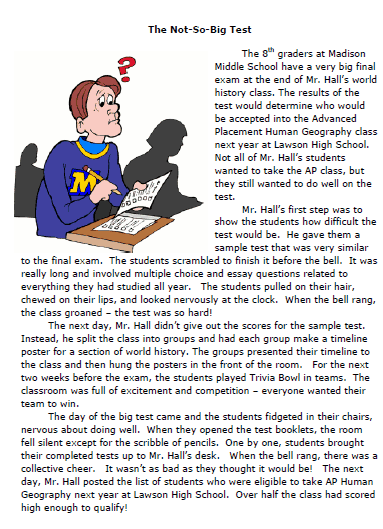 GRL books range from A to Z with A being the easiest.
GRL books range from A to Z with A being the easiest.
While reading these books, the teacher will take notes on any missed words and ask comprehension questions, such as, “When did the story take place?” or, “What was the problem in the story?”.
Through guided instruction, the teacher will gradually move children into more difficult books.
Developmental Reading Assessment (DRA)
DRA is a standardized reading test given by teachers or reading specialists. As with GRL, children sit individually with the test administrator and read a book.
Several factors are taken into consideration to determine reading level, including:
- Reading comprehension
- Phonemic awareness
- Fluency
DRA books are labeled with an A for the easiest books and then move into a numerical grading system. The levels range from 1 to 80 with 1-3 representing a kindergarten reading level and 80 representing an eighth-grade reading level.
Once a child has a DRA or a GRL level, a teacher or parent can search for the reading level of any particular book and can usually discover either the Lexile, DRA, or GRL of that particular text. Here’s a chart for your reference.
Here’s a chart for your reference.
At-Home Reading Levels
If you’re looking for a way to find out your child’s reading level without using any of the methods listed above, you might try the five-finger rule.
For the five-finger rule, choose a book and flip to any page. If your child seems to have trouble reading more than five words on the page, it’s a good indicator that the book is too advanced for them.
To be sure, though, you can have your child try another page, especially if they seem eager to read a particular book.
This can be a helpful strategy, but it’s OK to let your child try a book and see how the reading goes. If a book is too hard, most kids will figure that out — and there is nothing wrong with reading books that are too easy!
Sometimes a child may be interested in a book that’s a little too hard for them. If this happens, we encourage you to read aloud to your child. You can also read together by alternating pages, paragraphs, or sentences.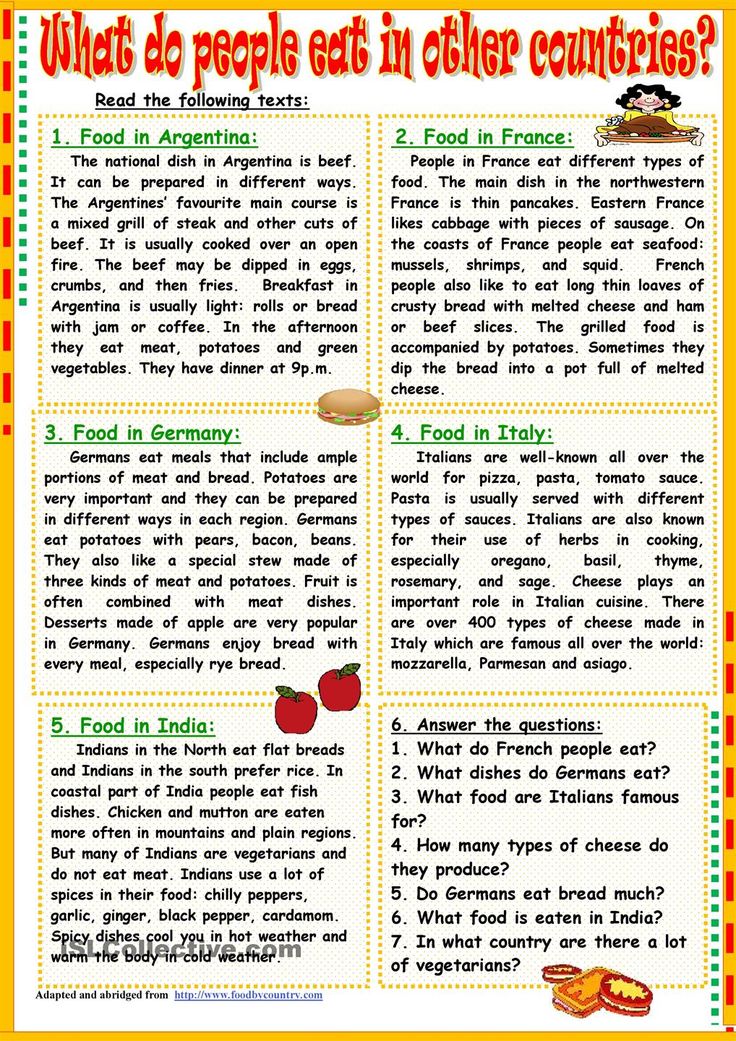
It’s important not to completely avoid books that may be a little above your child’s reading level.
Even if your child struggles a bit to read them without assistance, these books can still be beneficial in helping build their vocabulary, improve comprehension, and increase general knowledge — not to mention, encourage their love of reading!
When your emerging reader seems overwhelmed by one book, you can always give the five-finger rule a try with other books until you find the right match. And if your child is particularly interested in a topic, you can always read the book to them and stop on words you know they can read.
Also remember that when a child is really enjoying a book and highly motivated to read it, they will read at a higher level than if the material is not as interesting to them.
Tip: Most libraries and bookstores have books arranged by reading level so you can easily choose the best one for your emerging reader!
Feel free to ask librarians and knowledgeable staff at bookstores to offer suggestions.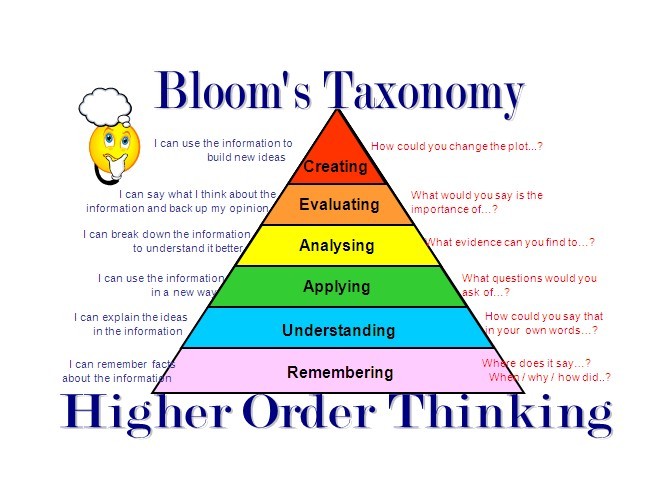 You could even say something like, “My child happily read a Clifford book; can you suggest others at the same level?”
You could even say something like, “My child happily read a Clifford book; can you suggest others at the same level?”
How To Help Your Child Become A Stronger Reader
As we mentioned earlier, you can easily determine your child’s reading level at home so that you can help them choose books that are just right! We suggest incorporating some of the tips below to help your child become a stronger reader.
Start With Clues
- Is your child using “sounding out” techniques to figure out unknown words?
- When your child reads, are they getting tripped up by sight words — common words that are hard to sound out?
- Is your child using pictures to help them understand what is written on the page?
- Is your child using context clues to figure out what word makes sense to come next as they read sentences?
Check Vocabulary
- Play games with your child to see what words they know. For example, say a sentence and point out one word in the sentence.
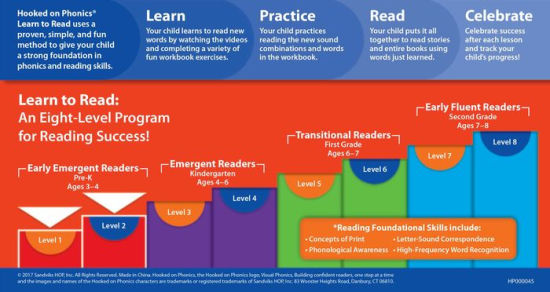 Then ask them if they can come up with a different word (synonym).
Then ask them if they can come up with a different word (synonym). - Play synonym games to see what words your child knows. For example, challenge yourselves to think of 10 or more ways to describe speaking (shout, whisper, mumble).
While you’re talking with your child, describe something specific from your day. Make sure to use interesting adjectives, and don’t hold back from using sophisticated vocabulary when talking with your child.
You can help your child’s vocabulary grow through day-to-day conversations and activities!
Ask Comprehension Questions
Understanding what they read is an important part of your child’s reading journey.
- To check for reading comprehension, we suggest pausing every other page to talk about what you’ve just read. Make this a natural reaction to the story, like you’re thinking aloud about the story or characters, so that it doesn’t feel like a test.
- Consider encouraging your child to act out and retell the story (for younger children).
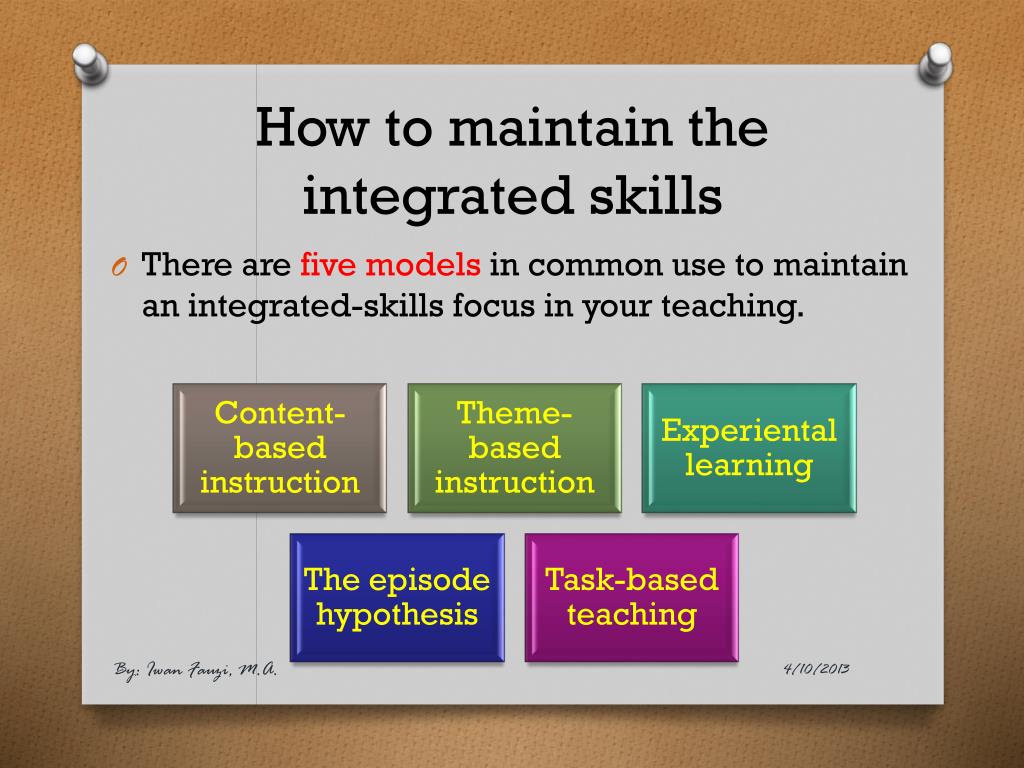
- Try discussing themes/lessons with your child (for older children). Remember: this isn’t a test, but a conversation between book lovers!
Talk To Your Child
When most people implement strategies to help their children improve their reading skills, they often forget about the importance of verbal communication. It’s essential to talk to your child frequently in short and simple sentences.
This includes singing songs, telling them wonderful stories, reciting fun nursery rhymes, and describing the world around them. All of this exposes children to lots of different words. It also helps them learn that language is a powerful tool for communication.
Discover Your Child’s Favorite Books
- Children often choose books that are a little below their actual reading level. At home, this is a good thing. It keeps reading fun and exciting!
- We recommend choosing books that interest your child — with a certain character or activity they like — so they’re curious and excited about reading.
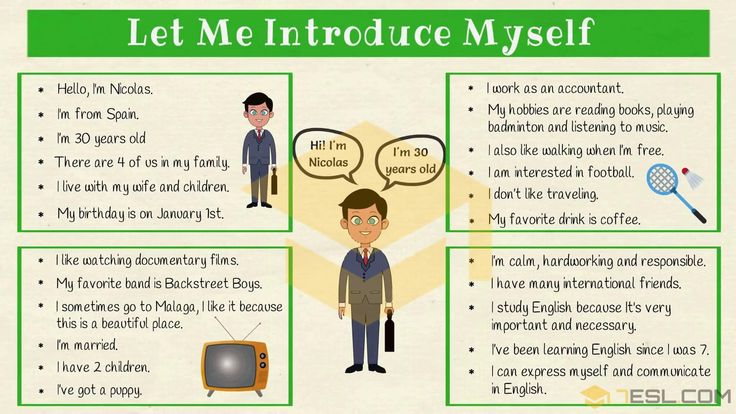
Reading books your child enjoys together can encourage their love of reading. And letting them read those same books to you can boost their confidence over time.
Together, these two activities increase your child’s fluency and reading enjoyment!
Create A Reading Corner
Establishing a reading corner in your house can benefit your child. The setup doesn’t need to be elaborate. This can be a simple, quiet, private area where your child can confidently read independently or with you.
It’s also great for the spot to be well-lit and filled with lots of books your child enjoys reading.
Is Reading The Same Book Over And Over OK?
Just like you might pick up an old favorite book to read, your child may do the same, and that’s OK! At least you know they’re enjoying a good book and the process of reading!
Rereading books can have many benefits for a child, including:
It allows children to get more from the text. Have you ever developed a deeper understanding of a story after rereading it? That’s because the more you engage with a story, the more you can take away from it.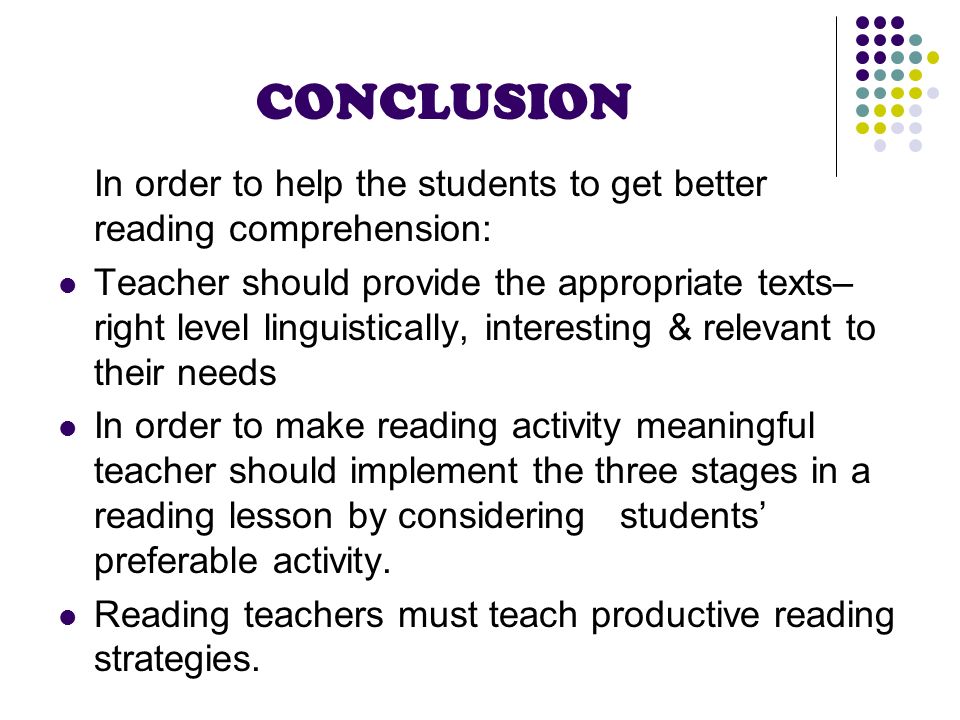
You can pick up on new information, establish connections between yourself and some of the characters, and even improve your understanding of the overall story.
Similarly, allowing your child to read their favorite books for the second, third, fourth (or more) time will enable them to get more from the story.
It also allows for bonding. Did you know that rereading books can help bring your family closer together?
Many of us remember a couple of books that our family read together regularly. This can be a holiday book or a favorite story. Rereading is a great way to get the whole family involved, as everyone can take turns reading and connecting on the same story.
What’s more, reading familiar books can actually help develop a young reader’s fluency. It allows them to learn the words and helps them become familiar with narrative structure or storylines (i.e. beginning, middle, and end), which builds reading comprehension later on.
So feel free to let your child choose the same book over and over!
FAQs About Reading Levels
What Reading Level Should My Child Be In Each Grade?
It’s challenging to answer this question because each child is different and will naturally develop at their own pace. For example, just because your child’s friend has started reading fluently doesn’t mean your child will be able to do that yet.
For example, just because your child’s friend has started reading fluently doesn’t mean your child will be able to do that yet.
While no parent wants their own child to be a little behind compared to their peers, putting too much pressure on them to “catch up” might actually have an adverse effect. In fact, they might feel overwhelmed by the pressure and develop a negative attitude toward reading.
It’s also important to note that there’s no direct link between a certain Lexile measure and a specific grade level. When using any of the reading level measures we mentioned, remember that they are an estimate of a child’s performance and shouldn’t be interpreted literally.
Also, if you’re really concerned about your young learner’s development, you can always address those concerns with their teacher or another professional. They can offer tips and advice on how to best work with your child.
Finally, remember to be patient and positive no matter what. With lots of time and effort, your child will develop a lifetime love of reading!
Who Can Help Me Choose Books That Match My Child’s Reading Level?
The best place to start is to consult your child’s teacher.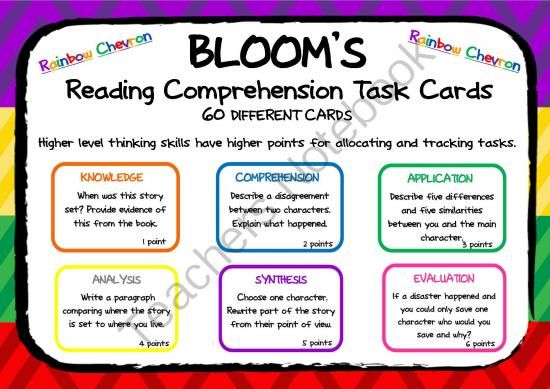 They will have the expertise to guide you in buying the right books for your child.
They will have the expertise to guide you in buying the right books for your child.
It’s also possible for you to look up most books online and find their reading levels. Furthermore, for beginner readers, there are publishers who label books in stages with age and/or grade suggestions attached.
If you’re homeschooling, you can also reach out to your local librarian or bookstores. As people who spend each day surrounded by books, they often have knowledge on this topic and may be able to recommend a few relevant books in your child’s reading level.
What If My Child Is Reading At A Lower Level?
The last thing a parent wants to hear is that their child’s reading level isn’t on par with their peers. But what can you do if, from the assessment used at your child’s school, you find out that your young learner is reading below the average grade level?
Firstly, it’s important not to panic. As mentioned earlier, kids develop reading skills at different stages of their development.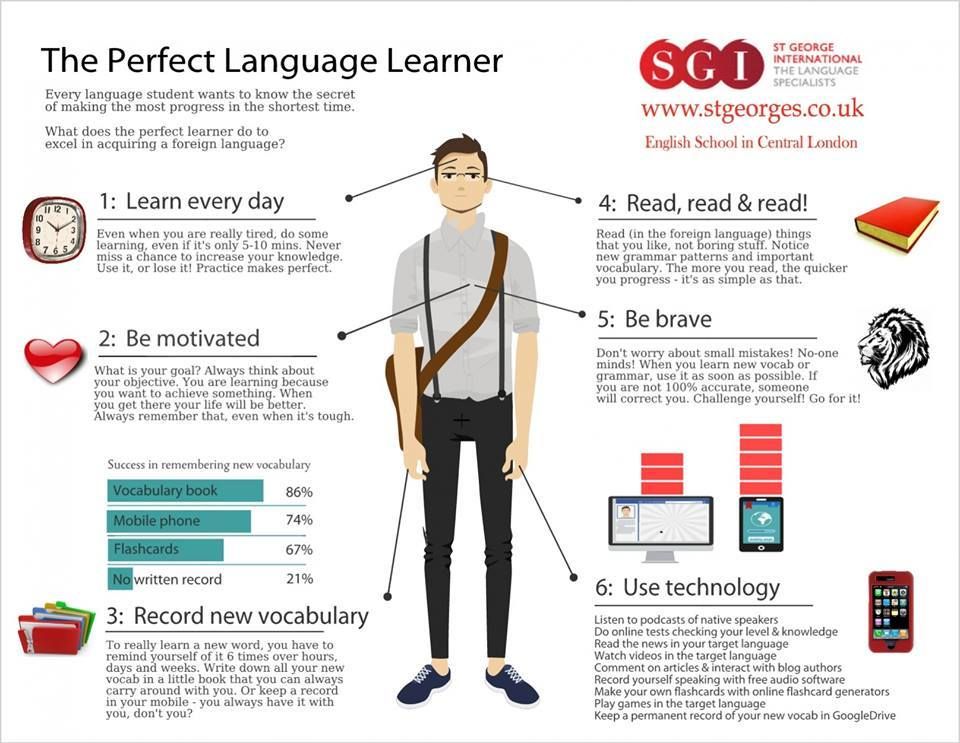 Some children might be early readers, while others may take time to get there.
Some children might be early readers, while others may take time to get there.
The most effective way to help your child improve their reading level is by continuing to encourage reading at home. While reading, remember to discuss the content to ensure comprehension.
Reading For Fun
From assessments to the five-finger rule, determining reading levels varies across the board. No matter which method you choose, remember these measurements are meant to be helpful and encouraging, not stressful and limiting.
Keep this in mind when assessing your young learner. You don’t want your child to sense any stress about their abilities, as this might overwhelm them and have an adverse effect on how they view reading.
While reading is an essential early learning (and lifelong) skill, you want your child to LOVE reading and not only view it as a test of their intelligence.
At the end of the day, the way reading makes your child feel is more important than their reading level. Each child learns in a way that’s special and unique to them.
Each child learns in a way that’s special and unique to them.
The HOMER Road To Reading
The road to discovering how to read can be a fun ride, but sometimes it’s bumpy. This is why we’re more than a learning program. We’re your learning partner.
If you’re looking for a resource to help develop your child’s love of reading and learning, consider taking a look at the HOMER Learn & Grow app. It’s full of stories curated based on your child’s interests!
When your child develops a love for reading, they’ll move up to the next level before you can say “Developmental Reading Assessment”!
Author
14 Tips for an Advanced Reader
Any parent with a struggling reader knows how challenging it is.
But when you have an advanced reader who is reading well above grade level, that can also present it’s own challenges too!
Keeping those advanced readers in books is tricky and it can also be difficult to find books that are at their reading level that aren’t filled with content that is above their maturity level.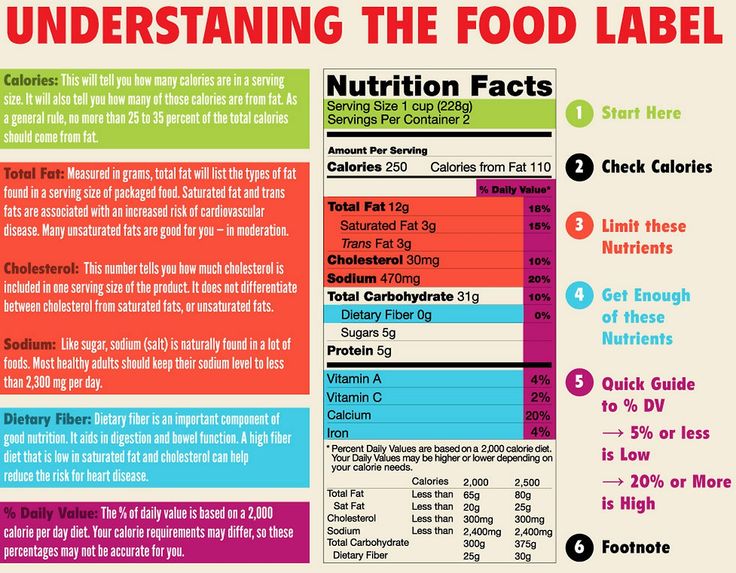
Here are some of my best tips for keeping reading engaging for readers above grade level.
- Let them be a child. It can be really exciting to have a child who is an advanced reader – those sky-high test scores can make you feel like a GREAT parent. I always try to keep in mind that my long-term goal for my child is to love reading and have a positive lifetime relationship with books, not to keep pushing them as fast and as hard as possible toward harder and harder books. Emotional maturity matters as much when it comes to reading as actual reading abilities and I don’t want to make reading feel stressful or overwhelming.
- Explore the classics. When I asked for suggestions for tips for advanced readers, this was FAR and away the most common response. Older books often have a higher reading level without some of the topics that might feel inappropriate for a younger child (and, of course, the classics come with their own set of topical challenges, like racist or sexist content, so I never feel like older books just get a free pass to not worry at all about what your child is encountering).
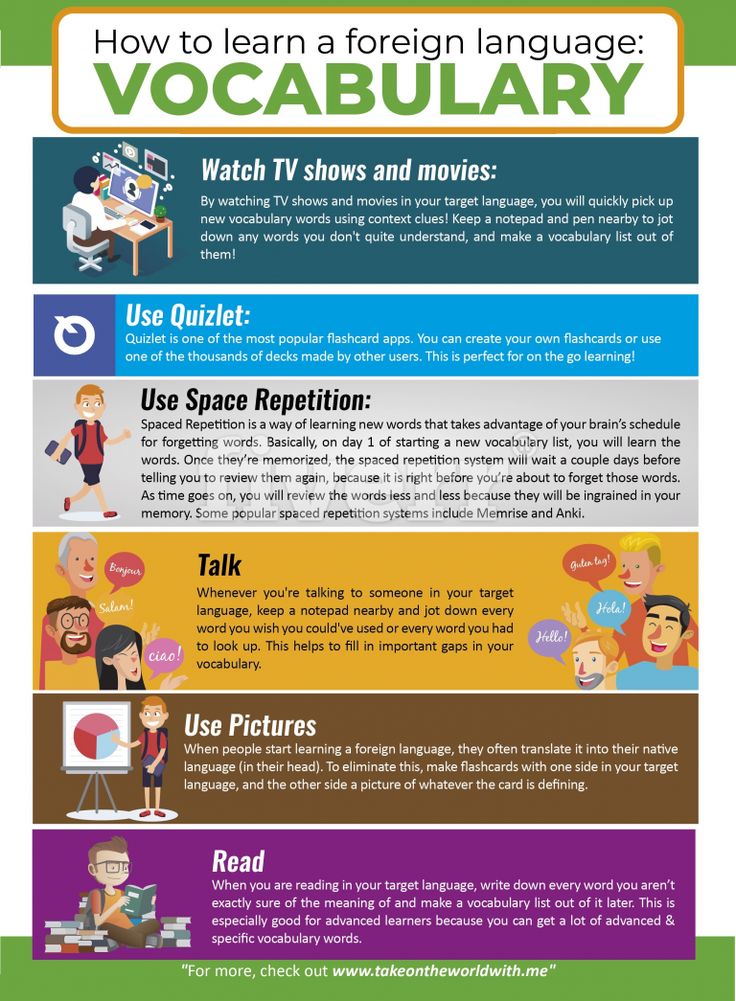
- Check out non-fiction. Non-fiction is a terrific option for readers above grade level because it often requires more critical thinking, has higher vocabulary and dives deeper into topics than fiction books aimed at that same age.
- Don’t feel like every book they read has to push the limits of their abilities. It can feel like just because they CAN read at a fifth grade level when they’re a kindergartener, that they should always be reading at that level. But that’s like saying that because you CAN run a marathon, every run needs to a marathon to be worthwhile and that’s not true – a five mile run is great too and so is a half marathon distance. It’s good to have a variety of levels of reading and a kindergartener will benefit from reading books at their maturity level just as much as they’ll benefit from reading books at their reading level.
- Keep reading aloud. It’s easy to quit reading aloud to your child once they can read on their own, but especially with advanced readers, it’s great to keep reading aloud so that you can discuss together, see how their comprehension is, and help introduce them to new genres, authors, and topics.
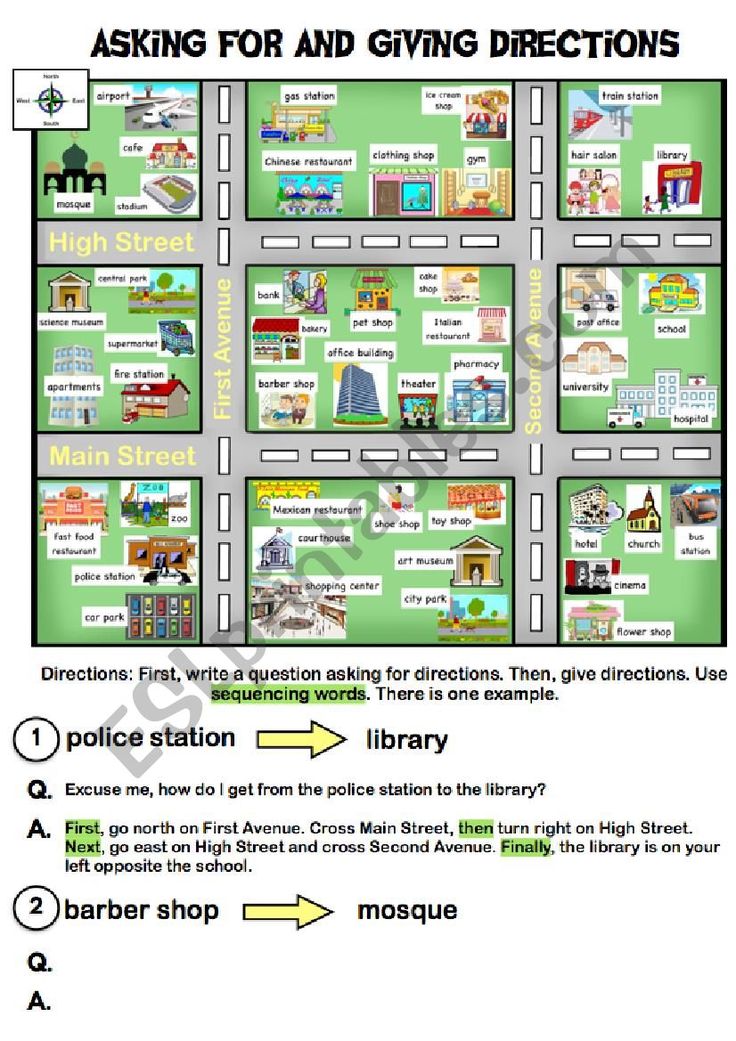 Plus, it’s just such great quality time together.
Plus, it’s just such great quality time together. - Ask a librarian. Likely, your librarian will have lots of good suggestions for books and series that more advanced readers will enjoy without being too mature for them. Ask for suggestions – it’s extra great in person because you can tell them what books your child has loved, which ones have been a miss and what kinds of things they can handle.
- Check out Junior Library Guild. I love Junior Library Guild’s book recommendations which are across MANY genres and topics (you can see them here!), but I particularly love the Middle Grade PG category which is for terrific books without edgy content, violence or language.
- Re-read, re-read, re-read. Re-reading is a great way to build comprehension and other vital reading skills (I have a whole post here about the benefits of re-reading!)
- Find series with lots of books. My mom always said that a long series was a gift for a voracious reader because instead of having to find a new book after every volume, you have many books for them to read before you have to find something new.
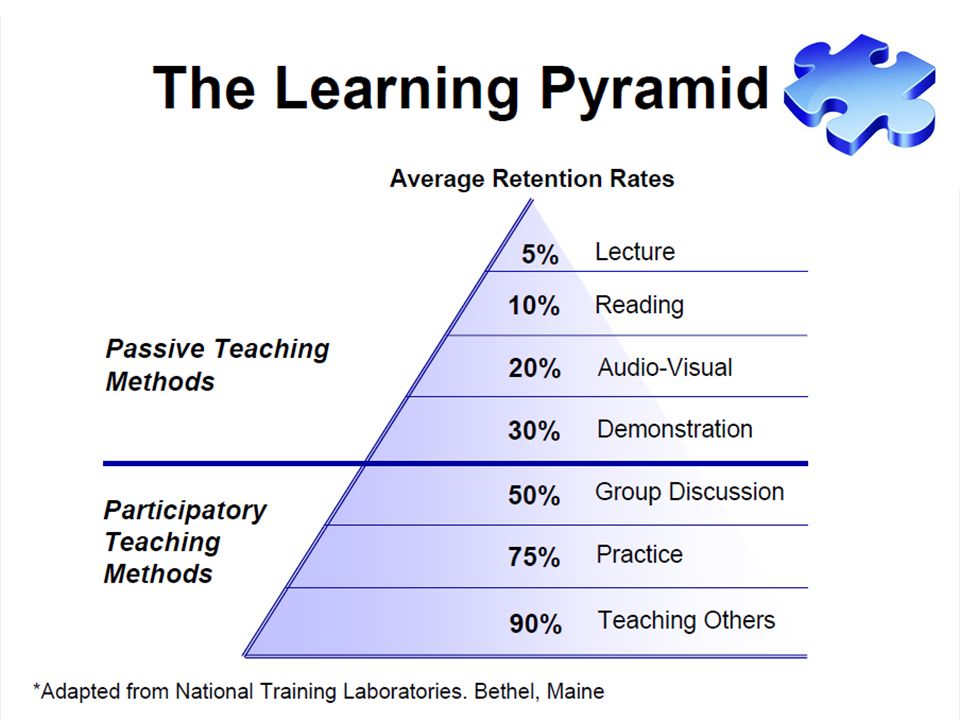 I read SO MANY Redwall books in my childhood and have the best memories of each new installment in the series.
I read SO MANY Redwall books in my childhood and have the best memories of each new installment in the series. - Focus on wider reading. The wonderful thing about today is that there are SO MANY BOOKS available in every age range. Don’t feel like your advanced reader has to keep pushing into higher and higher levels when there are so many great options at their current maturity level. Explore a bit more, find new authors, and keep expanding your child’s reading horizons. Just because your child is reading at a ninth grade level when they’re a first grader doesn’t mean they’re emotionally a ninth grader or prepared to read the kinds of books aimed at young adults – it’s great for them to keep reading at their own maturity level even if the reading level is below what they’re capable of.
- Try different genres. It can be easy for voracious readers to fall into reading the same genres over and over again. Try some historical fiction or poetry or or biographies – different genres require different kinds of reading and thinking and incorporating more variety helps them become stronger readers.
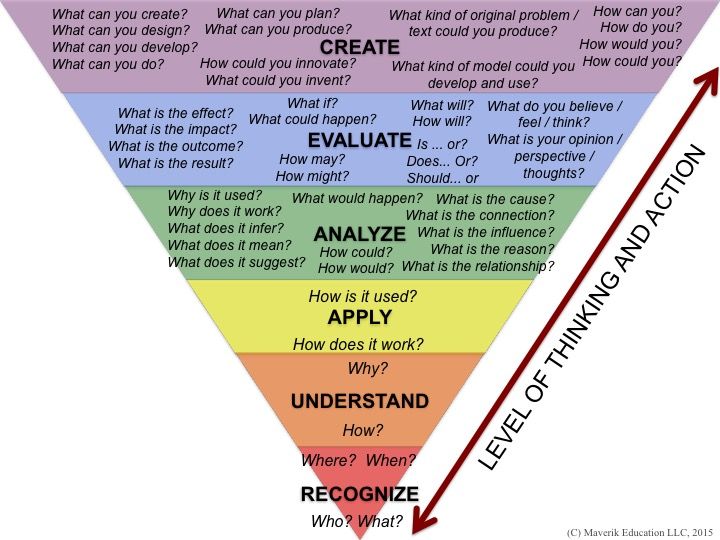
- Find a book club. Reading isn’t just about taking in words on a page. A book club can help your child think more critically about what they read (even if it’s below the level they could be reading on), be empathetic to how other people experience the same stories, and dig deeper into a story.
- Trade book ideas with other parents with advanced readers. Almost certainly your child isn’t the only one in their classroom reading above their grade level. Ask the teacher or your child who else is reading advanced books and get in touch with their parents to see what books have been good fits for their child.
- Know your child. It was fascinating to see the comments that came in regarding advanced readers and helping them pick appropriate books. Here are two samples:
Sometimes it means saying “not yet” to a book they want to read. Just because they can, doesn’t mean they should. Say no, books don’t have to be advanced for kids to benefit from them.
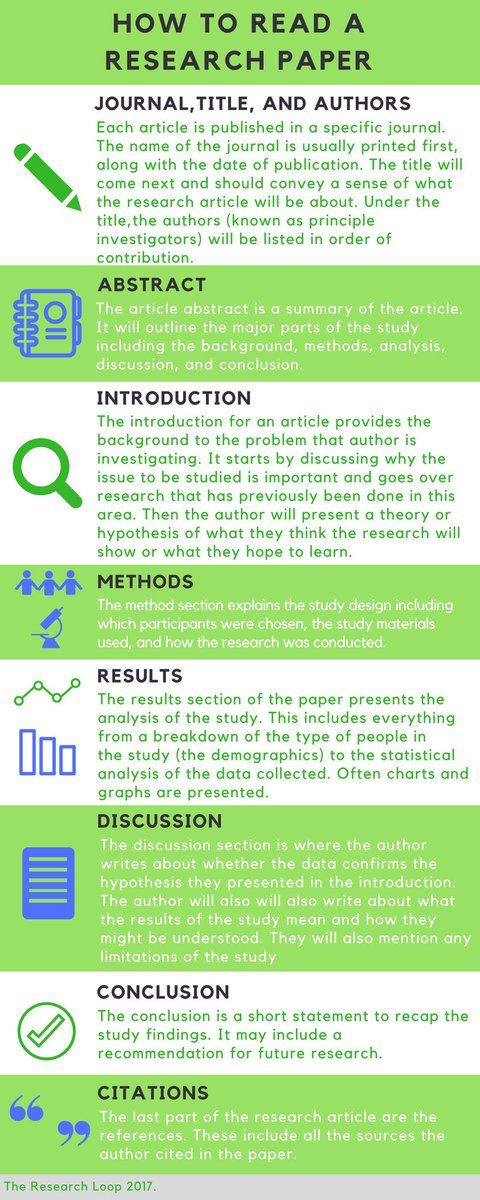
Open conversations about content they might encounter and choosing books wisely. Let them self monitor. Don’t assume it’s too adult. Kids are braver and smarter than we think. Let them read what they want.
You’ll know if your child needs more guidance and help choosing books and can handle more adult themes or if they’ll be scared or worried about books with more mature topics. There’s no right answer – it’s a question of what’s best for your particular child and you know them best.
Do you have a reader above grade level? I’d love to know your best suggestions for how to help your advanced reader!
if you liked these tips for an advanced reader, you might also like these other posts:
- How to help your child pick appropriate books
- 8 Benefits of Rereading for Children
- All About Ella’s Frozen Cookie Dough Business
How to increase the speed of a child's reading
Various techniques for quickly working with text are increasingly of interest to modern parents.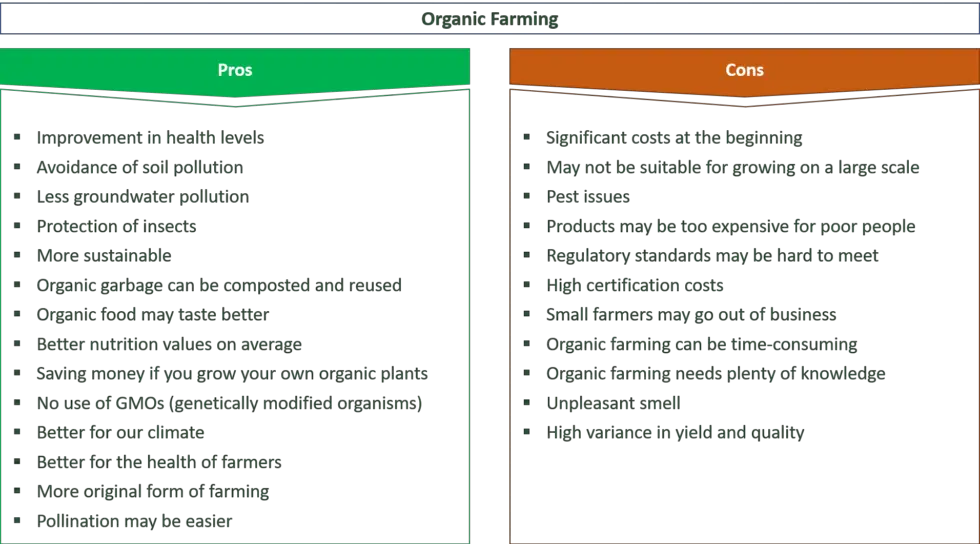 Speed reading allows a child to get acquainted with a whole page of text in a matter of seconds, which is very useful both in childhood, while he is in school, and in adulthood. But how to increase the speed and quality of reading and ensure that the student understands and remembers what he read?
Speed reading allows a child to get acquainted with a whole page of text in a matter of seconds, which is very useful both in childhood, while he is in school, and in adulthood. But how to increase the speed and quality of reading and ensure that the student understands and remembers what he read?
Speed reading for children
Since childhood, a modern person is surrounded by such volumes of information that it was difficult to imagine even 100-200 years ago. The Internet alone is an endless repository of knowledge, where you can find the answer to almost any question in e-books, articles and topics on various forums. It is the abundance of textual information that has appeared in recent decades that is pushing parents to teach their children the technique of speed reading.
In the Internet or bookstores you can find many different speed reading manuals from famous authors - Shamil Akhmadullin, Sergey Zotov, Oleg Andreev. Teaching fast reading using these manuals can really bring visible results, but the desired effect can be achieved if classes using these methods are conducted by experienced teachers. In many ways, the low efficiency of self-study is due to the fact that parents do not pay due attention to the basic skills of the baby, which he must possess even before he begins to learn to read quickly.
In many ways, the low efficiency of self-study is due to the fact that parents do not pay due attention to the basic skills of the baby, which he must possess even before he begins to learn to read quickly.
Parents are not always able to evaluate the quality of their child's work with the text, as they evaluate it by any one property: reading speed, ability to read whole words, ability to understand, remember and retell what is read. But in order to understand whether the child is ready to learn to read quickly, you need to consider in detail each of the listed qualities. Let's talk about what a child should be able to start learning speed reading.
How to improve your reading speed
Speed reading technique can be mastered even by a first-grader, if he has basic basic skills, including:
- reading speed of 60 words per minute. Usually, kids reach this level of proficiency in working with text by about 1-2 grades of school.
- absence of speech defects.
 At preschool age, babies often do not pronounce some complex sounds, so it is not recommended to learn speed reading too early.
At preschool age, babies often do not pronounce some complex sounds, so it is not recommended to learn speed reading too early. - the ability to clearly express their thoughts. Possession of oral speech directly affects the quality of acquaintance with the text - on reproduction and understanding of what is read.
- the ability to retell the read text, viewed cartoon. This ability indicates that the student is closely following the narrative and remembers the events described in it. And this means that when he begins to study speed reading, he will not have problems understanding the text.
Not only the basic skills of a student matter - in order to successfully learn speed reading, he must be interested in literature and love books. If a student categorically does not like to read, then he will not show the proper motivation to study this technique, which means that the expected effect from the classes will not be achieved. Therefore, parents should pay special attention to educating the child's love of literature.
If the child wants to learn to read fast on his own and has the required level of skills, then he can start learning speed reading. Let's talk about how you can increase your reading speed with the help of various exercises.
Exercises to increase reading speed
There are many author's methods that differ from each other. But most of them include the following exercises to increase the speed and improve the quality of reading:
- deal with Schulte tables. They have many different options, but are more often presented in the form of tables measuring 5 by 5 cells, each of which contains a non-repeating number from 1 to 25. The person performing the exercise needs to sequentially find with his eyes each of the numbers, starting from one and then ascending. This task perfectly trains peripheral vision.
- line read. To complete this exercise, you need to close each line you read with a bookmark or ruler, continuing to read the next one.
So the student can get rid of regression - from the habit of returning to the part already read.
- read aloud through the word. Perfectly trains attention and fluent perception of the text. If you often read the text through the word, you will be able to improve the quality of understanding of the material when reading quickly.
- read randomly moving text across the screen. Allows you to expand the angle of view, improve concentration and increase the speed of the brain's reaction to the next part of the task.
- read at the speed of the timer. It is important to try not only to quickly read the text, but also to try to remember and understand what you read well.
- read to a rhythmic sound. Teaches to suppress internal articulation and read more carefully, without being distracted by extraneous stimuli. It is better if the rhythm is created by the child himself, tapping his finger or pencil on the surface of the table - then the effectiveness of this exercise will be higher.
The listed exercises are only a small part of the tasks that you need to perform to improve your writing skills. But are they enough to significantly affect the speed and quality of perception of textual information?
Time-honored effective techniques
Speed reading exercises and activities really help improve your writing skills. But we must remember that even the most useful of them will not cope with this task if you do not alternate them with other tasks. It is important to make training consistent, subject to a specific program, in order to gradually improve the child's ability to read and consolidate the knowledge gained.
It is also worth noting that learning to speed read is a lengthy process that can take from several months to one or two years, depending on the initial level of the student's skills. Parents do not always manage to regularly engage with their child throughout this time and select a variety of exercises for him in order to diversify his abilities. Because of this, self-training often does not bring the desired result. Therefore, parents are interested in various speed reading courses, thanks to which the student will be able to learn how to read quickly and memorize what they read well.
The Liberica program is a time-tested method of teaching speed reading with proven effectiveness. In such classes, the child will be able to gradually master all the necessary topics, consolidate their knowledge and learn to read up to a thousand words per minute. The student will retain such a high level of skills forever, which means that such abilities will be useful to him not only in childhood, but also in adulthood.
5 Ways to Increase Reading Speed - T&P
Google estimates that there are more than 130 million books in the world today. Not all of them really deserve attention, however, a human life is not enough to read only the masterpieces of world literature, not to mention scientific, educational and other printed materials.
Development of peripheral vision
One of the main tools for speed reading is peripheral or side vision. It is carried out by the peripheral areas of the retina and allows you to see and perceive a word or even a whole line instead of several letters.
The classic way to train peripheral vision is to work with the Schulte table. Such a table is a field divided into 25 squares: five horizontally and five vertically. A number is inscribed in each square, in total - from 1 to 25, in random order. The student's task is to sequentially find all the numbers in ascending or descending order, while looking exclusively at the central square.
The Schulte table can be printed on paper, but today there are dynamic online generators and downloadable computer and mobile trainings, including those with a built-in timer. Those who use extended speed reading training programs are advised to “warm up” with the Schulte table before training. If you wish, you can switch from black and white 5x5 tables to more complex versions: for example, with colored fields.
Suppression of subvocalization
Another of the cornerstone principles of teaching speed reading is the rejection of subvocalization: pronouncing words in the head and micro-movements of the tongue and lips. A person is able to pronounce on average no more than 180 words per minute - and it is no coincidence that this number is the maximum in ordinary reading. However, when the speed of perception of the text increases, it becomes more difficult to pronounce words, and subvocalization begins to interfere with the development of a new skill.
There are some simple exercises to suppress mental speaking. For example, while reading, you can press your tongue to the sky, pinch the tip of a pencil with your teeth, or even just put your finger on your lips, as if saying to yourself: “Be quiet. ” There are also techniques in which the pronunciation of words is “knocked off” by chaotic tapping, the sound of a metronome, or music.
Rejection of regressions
Regressions in short reading are returns to already read parts of the text. They arise when the reader is distracted by extraneous thoughts, or if the speed of assimilation of information is too high for the brain to be able to perceive all the information.
The Best Reader tutorial helps you deal with regressions. It is based on the dynamic selection of parts of the text on the page in black. It is difficult for human eyes to make orderly movements without observing anything, and this feature allows you to better focus your eyes on the necessary fragments. When reading a regular book or document on the screen of an electronic device, you can also use a simple trick that we all know from preschool days: swipe the page with your finger. It also helps to get rid of regressions by understanding that further text often makes it possible to fill in all the short information gaps that have arisen in the process of reading.
Attention concentration
Fast reading requires a high concentration of attention. To develop it and not read texts superficially, there are several exercises. For example, you can use a sheet on which the names of colors will be printed in color, but in such a way as to confuse the reader. The word "yellow" will be written in red letters, the word "red" in blue, and so on. For practice, you need to name the color of the ink, not the word that is written on the sheet, and at first it is quite difficult to do.
For another exercise, all you need is a blank sheet of paper and a pen. You need to focus your attention on some subject and not be distracted from it by extraneous thoughts for two or three minutes. Every time extraneous thoughts arise, it is necessary to make a note on the sheet. Over time, there should be fewer such marks, and after that they will disappear altogether.
You can also train your concentration while reading: just count the words in the text. It is important to keep counting exclusively in your mind, without helping yourself with your fingers, tapping your foot, etc. After two or three minutes, you need to stop and check yourself by counting the words without reading them. At first, the first result will differ from the second, but with regular training, the differences between them will quickly become minimal.
Reading whole words
The Spritz application also aims to develop peripheral vision. For training, only one line is used here, on which words with a highlighted red letter in the middle appear at different speeds. In this way, one can learn to perceive words without reading them from beginning to end, but at once in their entirety. This allows you to save up to 80% of the time that is normally spent on eye movements, and increase the reading speed to 500-1000 words per minute.
The official website of the application has a demo version of Spritz, including in Russian. You can choose from 250 to 600 wpm and other languages: English, German, Spanish, and French.

